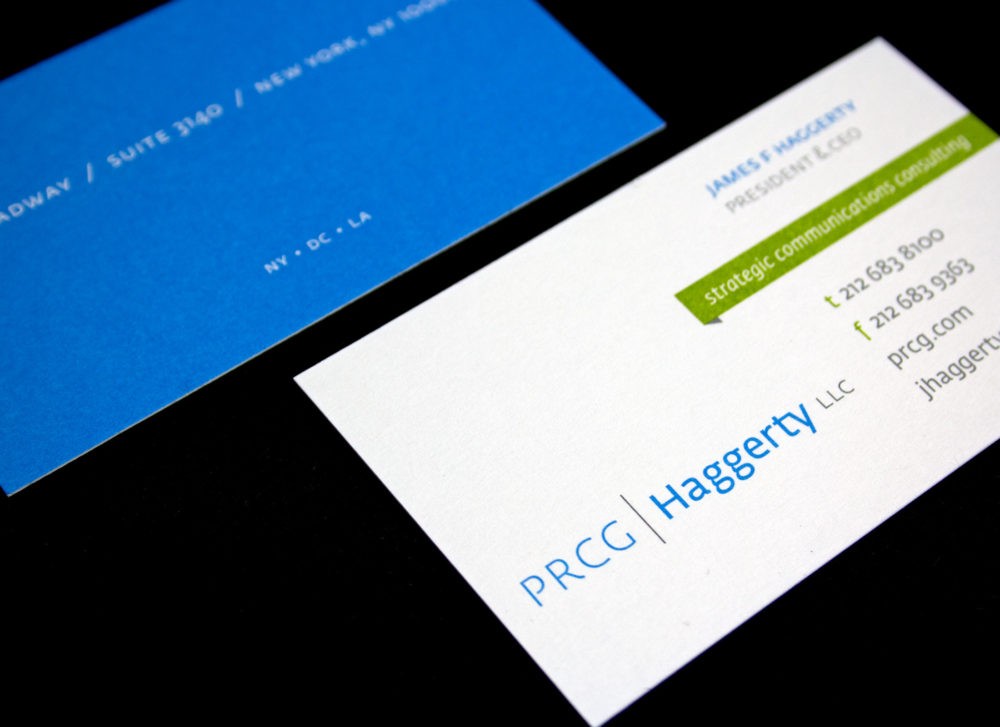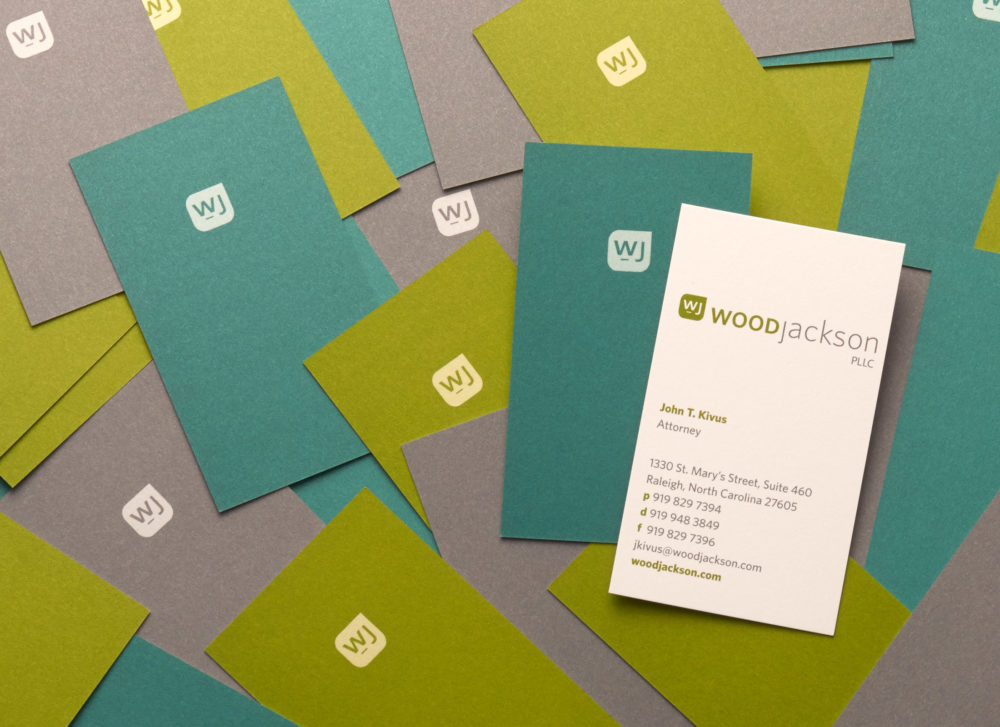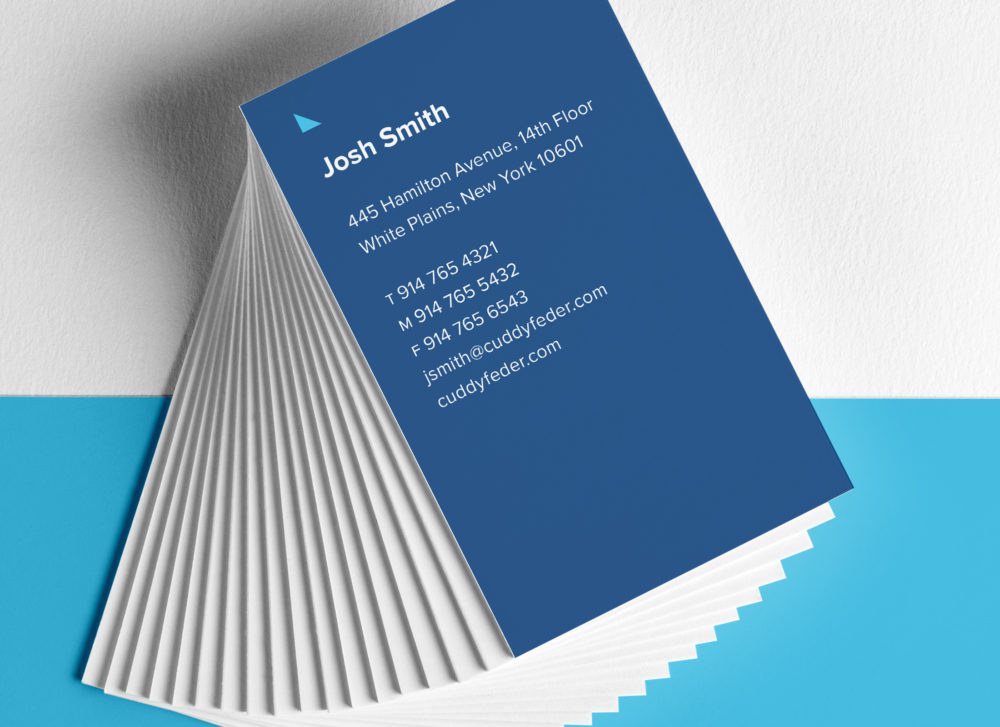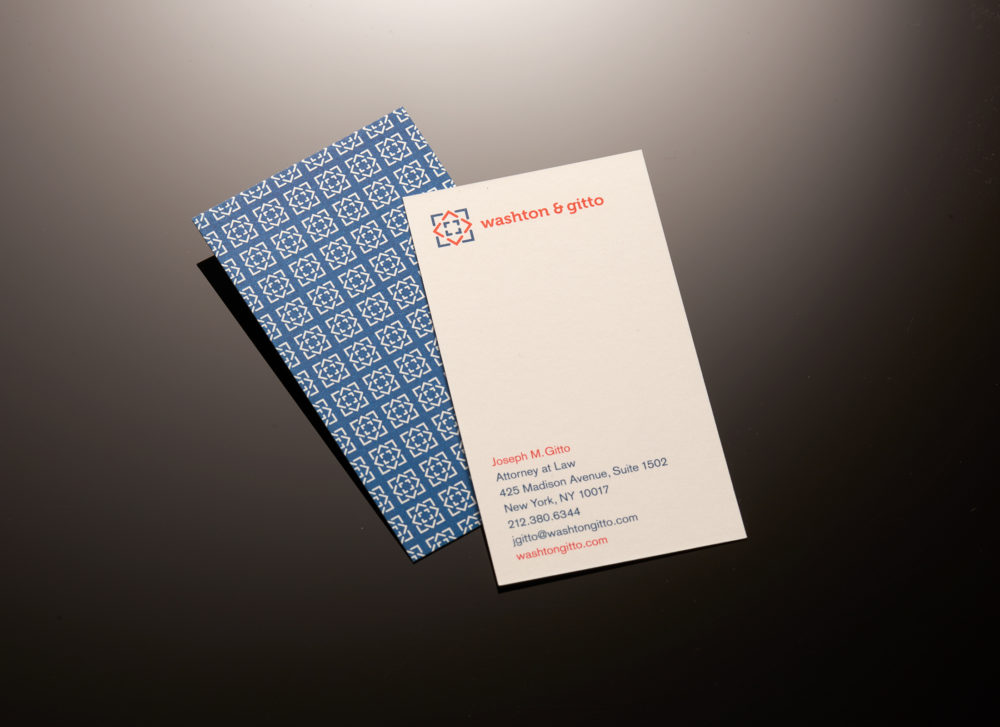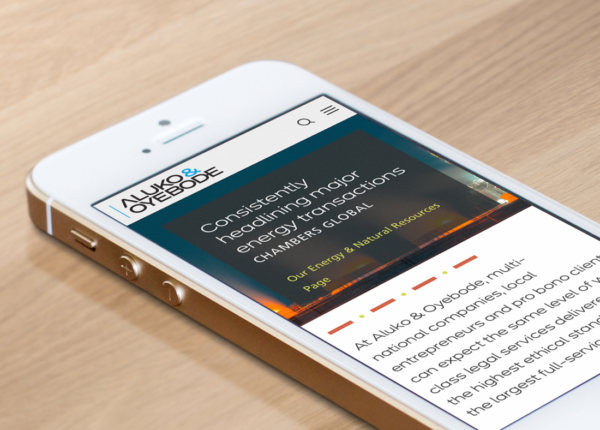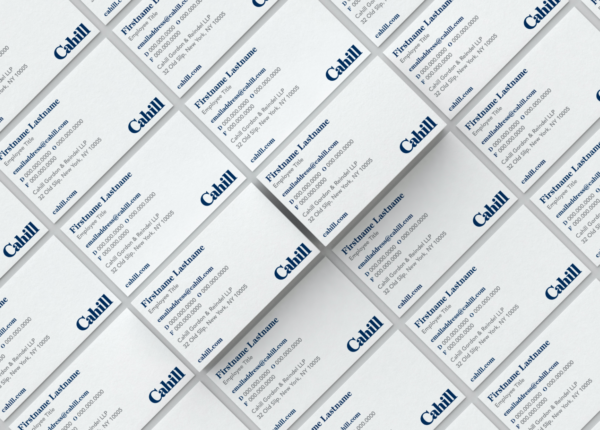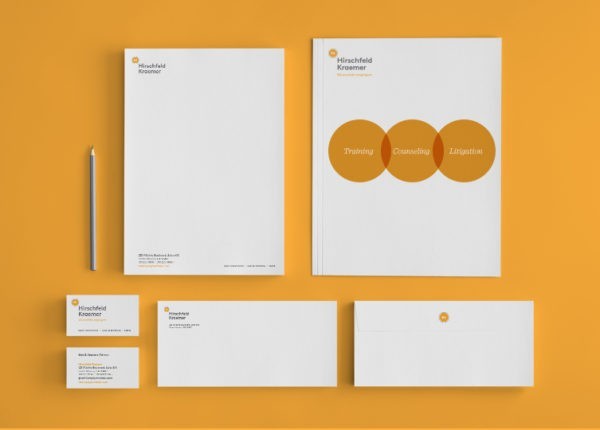Re-posted from BusinessNewsDaily
Keep it simple
Less is more when it comes to business cards, said Loredo Rucchin, head of product development for Jukebox Print. Prior generations packed as much information as possible onto their cards, filling every square inch with logos, colors and text. But the most successful modern business cards trend toward clean, open designs, with just enough text to get the point across, Rucchin said.
The reason is simple: An uncluttered, visually sophisticated design has greater impact and will make you more memorable. It also has a more professional appearance.
At the extreme end, some people opt to include nothing but their name, logo, email address and Twitter handle. You don’t necessarily need to go quite so barebones, but think twice before packing on more content.
“When you look at the old business cards that have been scattered around in the last eight or 10 years, it looks like the goal is to fill every single corner of the card with graphics and pictures and titles and slogans,” Rucchin said. “Now, people are just moving past that. They realized it was tacky and they just want to simplify things.” Don’t hesitate to use both sides of the card if you need to, though.
Make it memorable
If you can afford it, pay for a card that potential clients and contacts won’t soon forget. The best cards spark a conversation as soon as they’re received. Business cards made from unorthodox materials such as plastic or metal are sure to get people talking — but there are plenty of ways to make your ordinary paper card stand out. Most printing companies can spice up your design with rounded corners, weighty paper or a textured finish, and letterpress text can give your card a bit of 3D depth.
Think of your business card as an investment into your company’s future and it can really pay off, said Joseph Gornail, founder and printer at Fine Print NYC.
Gornail designed a specialty card for a fashion designer featuring an embossed flower. The card wasn’t cheap.
“[The designer] said the price was crazy. I said you’ll make your money back by selling two suits,” Gornail said. “And you will, because this card gives the impression you’re a million-dollar company and you take things very seriously.”
If it fits into your budget, it may be worth it to pay a premium price for a premium business card.
Branding is everything
Make sure your business card makes the right impression. An unusual business card might be memorable, but it could do more harm than good if it doesn’t match your brand, said Brandie Knox, creative director and principal at Knox Design Strategy.
Every element of your design should complement the image you want your company to project. Take the time to discover just the right typeface, color pallet and materials for your brand.
“It’s great to have a card that’s a conversation starter. You want it to be unique, but you don’t want it to present an image that is inconsistent with your brand,” Knox said.
That doesn’t give conservative companies a license to be boring. Even the most traditional firm can add some personality with heftier paper, a bit of texture or a strategic splash of color.
One more tip: Consistency is key. Avoid varying designs among employees within your company, or within a particular department. A consistent brand message is one that really resonates.
Work within your limitations
A great business card doesn’t have to break the bank. By taking advantage of customizable templates offered up by many printing companies, you can create a dynamite card with almost any budget.
But if you do take the DIY route, err on the side of simplicity, Knox said. Choose an understated design without too much color, and shy away from whimsical fonts.
“You want something clean and professional,” Knox said. “That’s really the image you want to convey, no matter what business you’re in.”
Ultimately the best business card is the one that works for you and your company — regardless of the cost.
